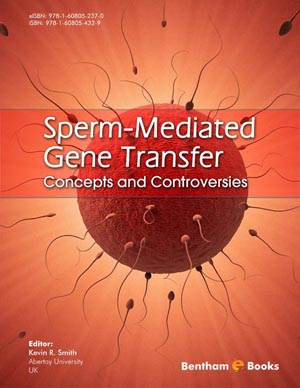Abstract
SHS investigation development is considered from the geographical and historical viewpoint. 3 stages are described. Within Stage 1 the work was carried out in the Department of the Institute of Chemical Physics in Chernogolovka where the scientific discovery had been made. At Stage 2 the interest to SHS arose in different cities and towns of the former USSR. Within Stage 3 SHS entered the international scene. Now SHS processes and products are being studied in more than 50 countries.
Abstract
The concept of Sperm-Mediated Gene Transfer (SMGT) describes the ability of spermatozoa to deliver to embryos not only their own genome during fertilization, but also foreign genetic information with which they may come in contact. The concept was established in 1989, when it was first shown that exogenous DNA incubated with mouse spermatozoa can be detected in tissues of born offspring. That initial finding has promoted a wealth of studies, progressively extended to a variety of species and still ongoing, with the dual aim to a] clarify the basic molecular mechanisms underlying SMGT on the one hand, and, b] on the other hand, develop biotechnology applications to generate genetically modified animals. Progress in any scientific field is often achieved in a non-linear manner and re-examining its historical unfolding serves to formalise conceptual advance as well as any remaining gaps. In this chapter I recapitulate the research progress and conceptual evolution within the SMGT field since its initial discovery. I focus on basic studies and particularly discuss findings that I consider as the distinctive milestones of the field. This historical journey spans more than twenty years, from the earliest observations that first suggested the idea that sperm cells are permeable to exogenous molecules to the recent finding that a reverse transcriptase (RT)-dependent mechanism is active in sperm cells and can regarded as a continuous source of novel genetic traits.
Keywords:
Sperm chromatin, Nuclease sensitivity, “Active” sperm chromatin, Sperm/DNA binding, Internalization of exogenous DNA into sperm nucleus, SMGT, Transgenesis, Integration in sperm genome, Extrachromosomal sequences, Reverse Transcriptase, Non-mendelian inheritance.
Recommended Chapters
We recommend

Authors:Bentham Science Books


 Download PDF Flyer
Download PDF Flyer



